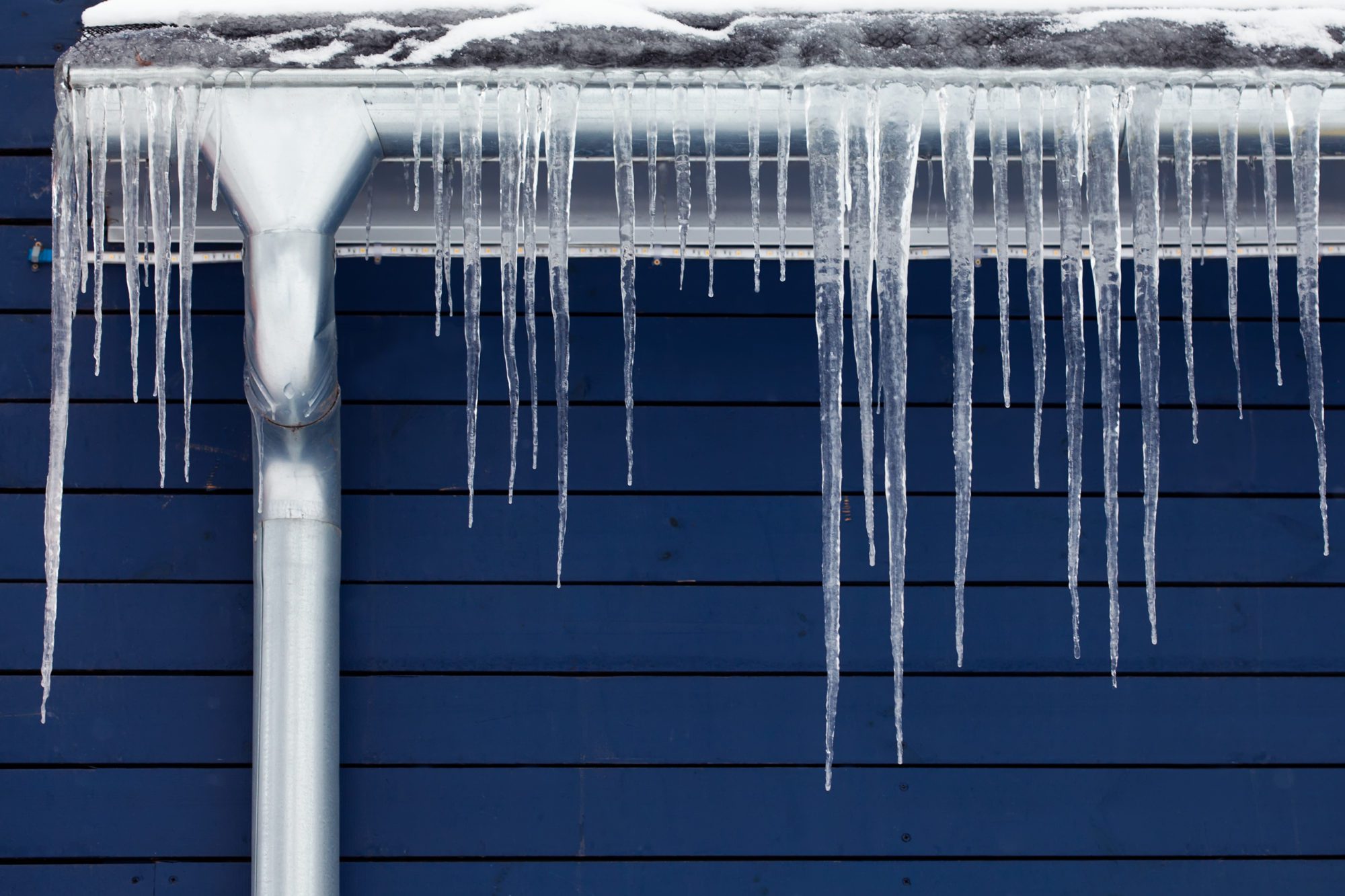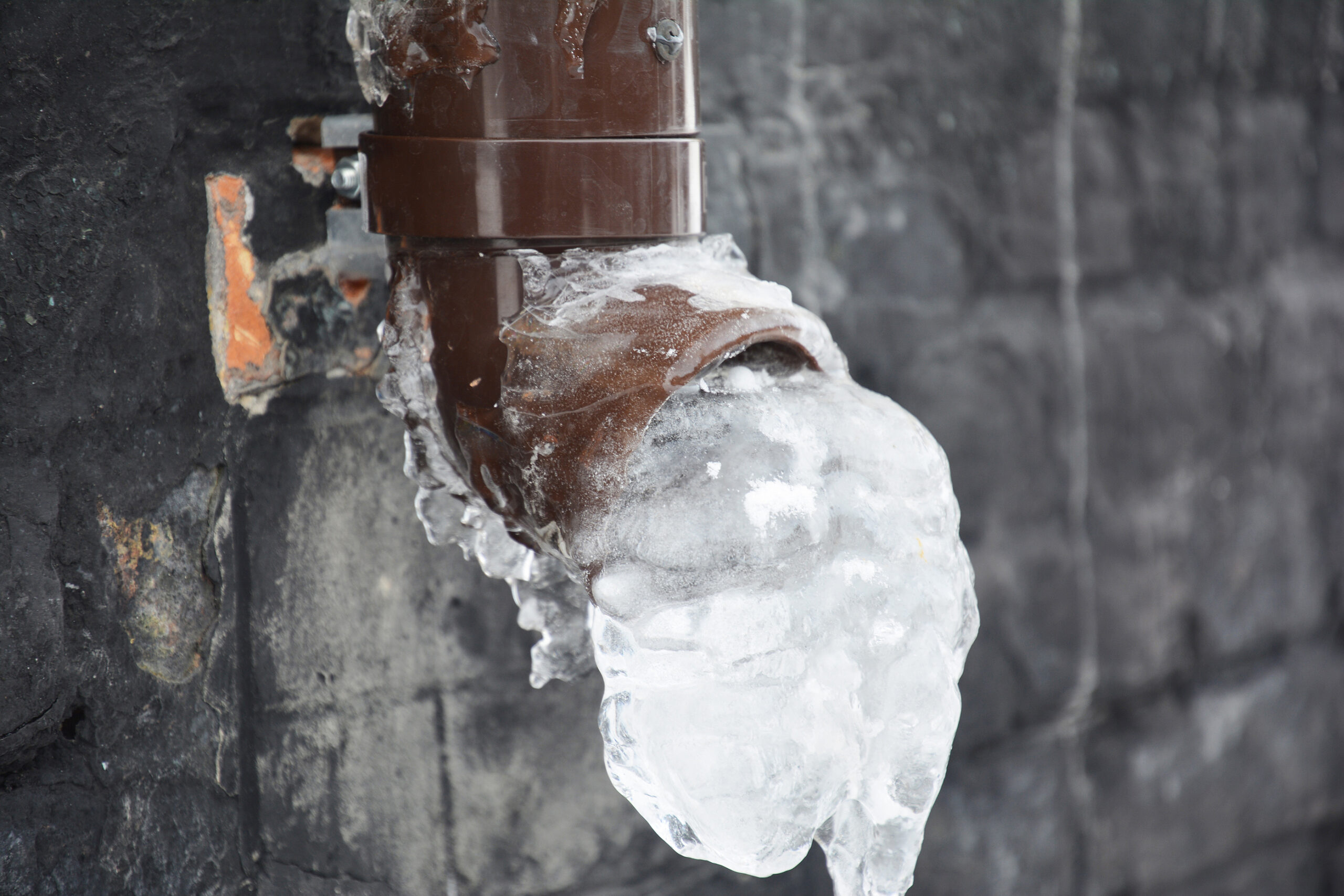Preventing Frozen Plumbing: Best Tips for Winter
Preventing Frozen Plumbing: Best Tips for Winter
Blog Article
The content below relating to How To Avoid Freezing Pipes is seriously fascinating. Check it out for your own benefit and see what you think about it.

Cold weather can wreak havoc on your plumbing, particularly by freezing pipes. Right here's exactly how to avoid it from happening and what to do if it does.
Intro
As temperature levels drop, the threat of icy pipes increases, possibly causing costly fixings and water damage. Recognizing how to avoid frozen pipes is vital for house owners in cool environments.
Comprehending Frozen Pipes
What causes pipelines to freeze?
Pipelines ice up when subjected to temperatures listed below 32 ° F (0 ° C) for extended periods. As water inside the pipelines freezes, it broadens, putting pressure on the pipeline walls and potentially creating them to burst.
Dangers and problems
Frozen pipes can cause supply of water interruptions, residential or commercial property damages, and expensive repair services. Ruptured pipelines can flooding homes and cause comprehensive structural damage.
Indications of Frozen Piping
Identifying frozen pipes early can avoid them from rupturing.
Exactly how to determine frozen pipes
Search for decreased water flow from taps, unusual odors or noises from pipes, and noticeable frost on exposed pipes.
Avoidance Tips
Shielding at risk pipelines
Cover pipelines in insulation sleeves or make use of warm tape to safeguard them from freezing temperatures. Concentrate on pipelines in unheated or external locations of the home.
Heating techniques
Maintain indoor areas properly heated, specifically areas with plumbing. Open up cabinet doors to allow warm air to flow around pipelines under sinks.
Protecting Outdoor Plumbing
Garden hoses and exterior faucets
Disconnect and drain yard pipes before winter. Mount frost-proof spigots or cover exterior faucets with shielded caps.
What to Do If Your Pipes Freeze
Immediate activities to take
If you think icy pipelines, keep taps available to alleviate stress as the ice thaws. Use a hairdryer or towels taken in warm water to thaw pipes gradually.
Long-Term Solutions
Structural modifications
Consider rerouting pipes away from outside wall surfaces or unheated areas. Include added insulation to attics, basements, and crawl spaces.
Upgrading insulation
Invest in premium insulation for pipelines, attic rooms, and walls. Proper insulation aids maintain constant temperature levels and minimizes the risk of icy pipes.
Final thought
Preventing frozen pipes calls for aggressive actions and quick reactions. By comprehending the causes, indications, and preventive measures, homeowners can shield their plumbing throughout cold weather.
6 Proven Ways to Prevent Frozen Pipes and Protect Your Home
Disconnect and Drain Garden Hoses
Before winter arrives, start by disconnecting your garden hoses and draining any remaining water. Close the shut-off valves that supply outdoor hose bibs and leave the outdoor faucet open to allow any residual water to drain. For extra protection, consider using faucet covers throughout the colder months. It’s also important to drain water from any sprinkler supply lines following the manufacturer’s directions.
Insulate Exposed Pipes
Insulating your pipes is an effective way to prevent freezing. Pipe insulation is readily available at home improvement stores and is relatively inexpensive. Pay close attention to pipes in unheated areas such as the attic, basement, crawl spaces, or garage. Apply foam insulation generously to create a buffer against the cold. You can also wrap your pipes in heat tape or thermostat-controlled heat cables for added warmth.
Seal Air Leaks
Inspect your home for any cracks or openings that could let in cold air. Seal any holes around the piping in interior or exterior walls, as well as the sill plates where your home rests on its foundation. Additionally, make sure to keep your garage door closed unless you’re entering or exiting. Leaving it open creates a significant air leak that can lead to frozen pipes.
Allow Warm Air Circulation
During cold snaps, it’s essential to allow warm air to circulate evenly throughout your home. Leave interior doors ajar to promote better airflow. Open kitchen and bathroom cabinets to help distribute heat consistently around the rooms. If you have small children or pets, be sure to remove any household chemicals or potentially harmful cleaners from open cabinets for safety.
Let Faucets Drip
A small trickle of water can make a big difference in preventing ice formation inside your pipes. When temperatures drop significantly, start a drip of water from all faucets served by exposed pipes. This continuous flow helps prevent the water from freezing. Additionally, running a few faucets slightly can relieve pressure inside the pipes, reducing the chances of a rupture if the water inside does freeze.
https://choateshvac.com/6-proven-ways-to-prevent-frozen-pipes-and-protect-your-home/

I hope you enjoyed our post about How to Prevent Your Pipes From Freezing. Thanks a ton for taking time to read through our blog. Sharing is caring. Helping others is fun. Thanks a lot for being here. Kindly check up our website back soon.
See Availability Report this page